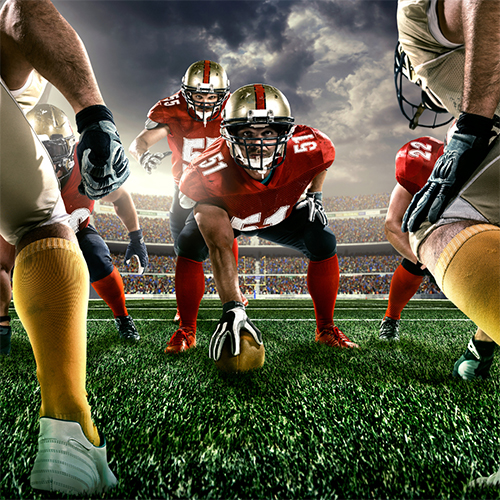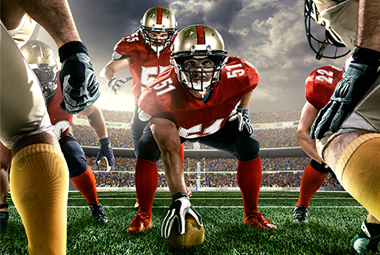
Understanding Shoulder Injuries in Football Players: Prevention and Treatment
As football season kicks off, athletes and fans alike are gearing up for the excitement and challenges the sport brings. While football is thrilling, it is also one of the most physically demanding sports, with players frequently experiencing injuries, particularly to the shoulder. The shoulder's complex structure and the physical demands of football make it vulnerable to a range of injuries that can impact a player's performance and overall career.
Common Shoulder Injuries in Football Players
Football players are at high risk for shoulder injuries due to the repetitive and forceful motions required in the sport. Some of the most common shoulder injuries that I see include dislocations, AC separations, clavicle fractures, and labral tears. Dislocations occur when the upper arm bone pops out of the shoulder socket, often due to a direct hit or fall. AC dislocations and clavicle fractures often occur as a player is driven into the field and onto their shoulder. Labral tears, which affect the cartilage surrounding the shoulder socket, can result from repetitive motions or a sudden impact, leading to pain and instability.
The Impact of Shoulder Injuries on Performance
Shoulder injuries can have a significant impact on a football player's performance. Even minor injuries can cause pain, limit range of motion, and reduce strength, making it difficult for players to execute plays effectively. In more severe cases, injuries like rotator cuff tears or labral tears may require surgery and a lengthy recovery period, potentially sidelining athletes for an entire season. The long-term effects of untreated or improperly managed injuries can lead to chronic pain, decreased mobility, and even early retirement from the sport.
Prevention Strategies for Shoulder Injuries
Preventing shoulder injuries in football requires a combination of proper training, conditioning, and awareness. Strengthening the muscles around the shoulder joint, particularly the rotator cuff and scapular stabilizers, can provide better support and reduce the risk of injury. This is something that Ben Hebert, the executive director of player performance with the Los Angeles Chargers, harps on for all of his players. Players should also focus on flexibility and proper technique during tackling and blocking to minimize strain on the shoulder. Additionally, coaches and trainers play a crucial role in educating players about the importance of warm-ups, cool-downs, and listening to their bodies to avoid pushing through pain, which can exacerbate injuries.
Treatment and Recovery for Shoulder Injuries
For football players who do sustain shoulder injuries, early diagnosis and appropriate treatment are essential. Depending on the severity of the injury, treatment options may range from rest and physical therapy to surgical intervention. Physical therapy is often a key component of recovery, focusing on restoring strength, flexibility, and function to the shoulder. In cases where surgery is necessary, a tailored rehabilitation program can help players return to the field safely and effectively. By addressing shoulder injuries promptly and following a structured recovery plan, football players can reduce the risk of re-injury and continue to perform at their best.
AUTHOR : Brian W. Hill, M.D. is a board-certified shoulder surgeon at Palm Beach Orthopedic Institute. He is an expert in advanced reconstructive and arthroscopic techniques, and serves as an assistant team physician for the Washington Nationals and their affiliates. Dr. Hill treats shoulder injuries and arthritis with a focus on patient-centered care and clear communication.






